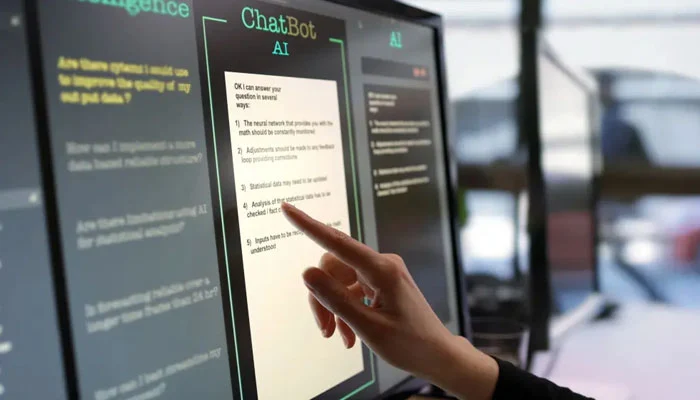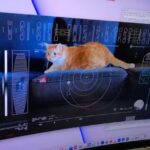Without human assistance, artificial intelligence (AI) models are now capable of creating smaller AI systems on their own.
This groundbreaking project was a result of collaboration between researchers from the Massachusetts Institute of Technology (MIT), multiple campuses of the University of California, and the artificial intelligence tech company Aizip Inc.
This innovation enables larger AI models, such as those powering ChatGPT, to independently generate more specialized AI applications. These smaller, more specialized versions can be used, among other things, for tracking endangered species, keeping an eye on oil pipelines, and enhancing hearing aids.
Yan Sun, CEO of Aizip, described the process as the first step towards AI that can evolve on its own, likening it to a “bigger brother helping [its smaller] brother to improve.”
Yubei Chen, a researcher involved in the project, affirmed the significance of this milestone. The demonstrated device, a human activity tracker utilising AI for motion data analysis, showcased the potential of tiny machine learning—a concept crucial for embedding intelligence in compact devices.
The tracker, housed in a chip smaller than a dime, exemplifies the possibilities for pervasive AI, where nearly any object can possess intelligent capabilities.
The researchers emphasised the spectrum of intelligence, with large models like ChatGPT residing in the cloud and the newly developed tiny machine learning models finding their place in small, everyday objects.






